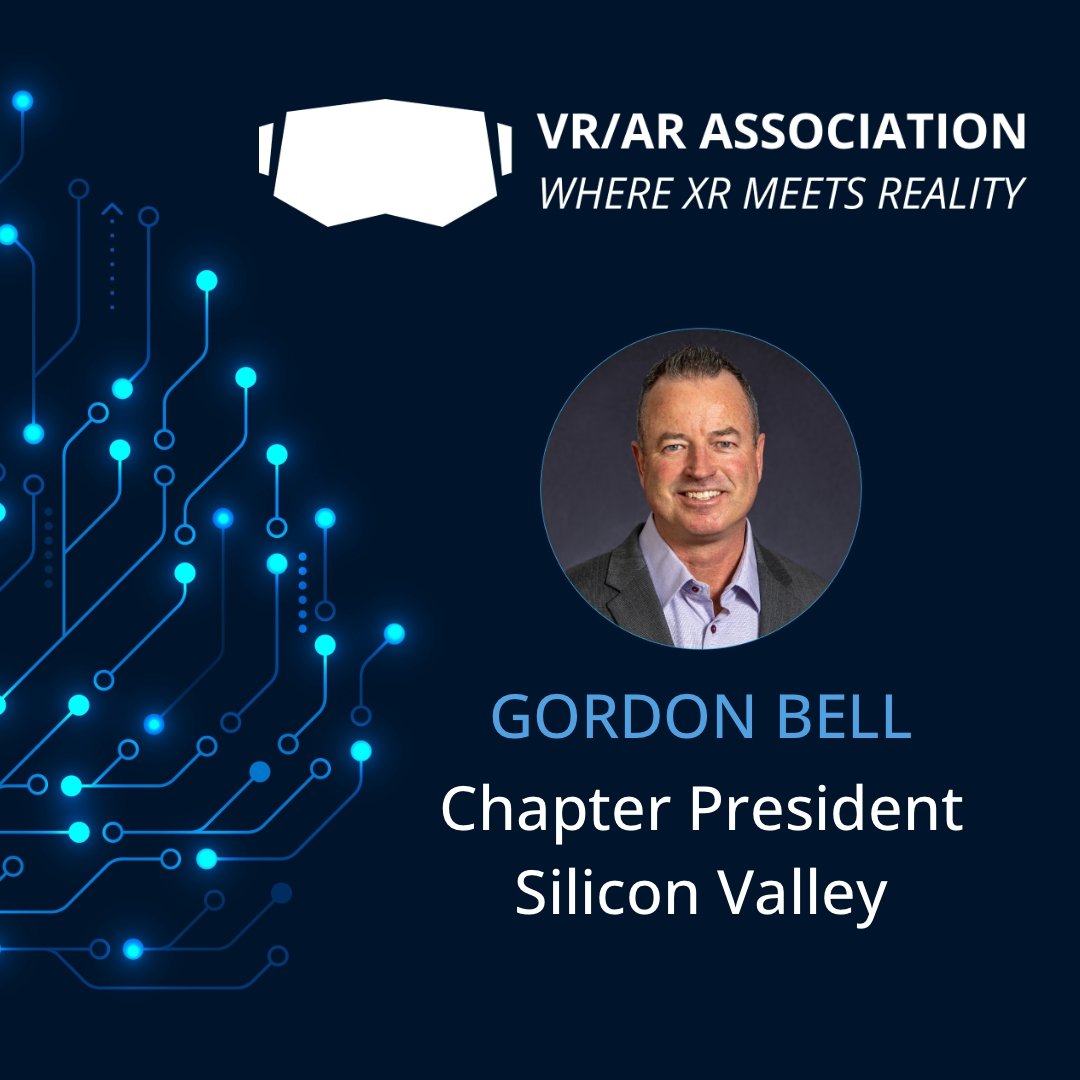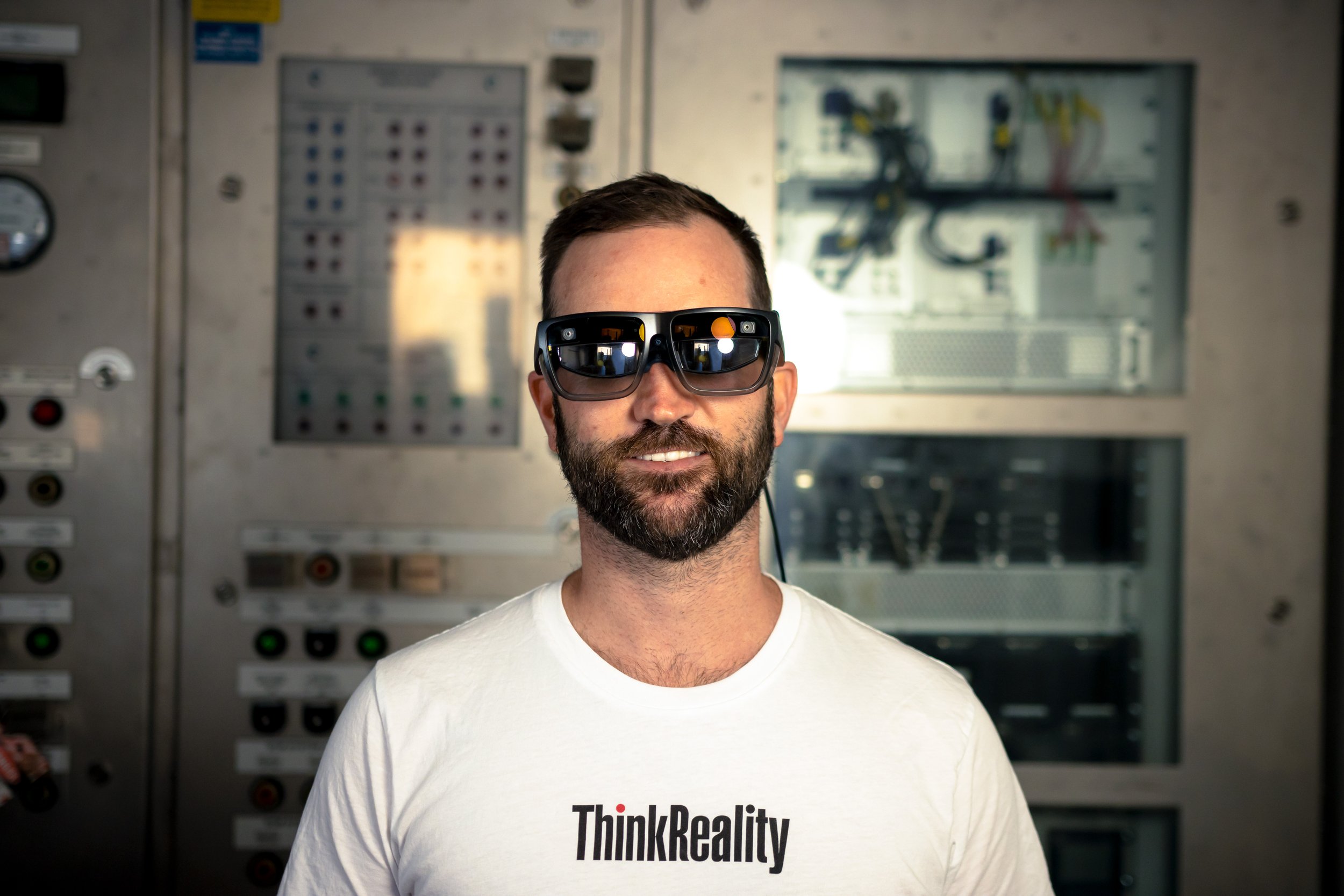Source: https://youtu.be/mF1fHHUcstg
Having worked in XR for a while now, it dawned on me that XR technologies are still not widely used for incident investigation communication, so I Googled “VR for incident investigation communication” and guess what popped up on the first page of results; the conference paper with the mining fuel truck simulation using 3D Studio Max.
VR is often used for health and safety training; in fact, it may even be the most common VR use case across the globe. So why aren’t XR technologies used more often for incident investigation communication? Let’s briefly explore the use case.
Incident investigation 101
I am not going to go into the safety science or the forensic side of incident investigation, or even the difference in definition between accidents and incidents. Simply put, when things go wrong at work; something gets damaged, people get hurt (or worse) or the environment is harmed etc.; organizations have an obligation (often a legal one) to understand what went wrong on several levels (organization, system task, individual etc.). They do this to try and identify what they can improve. In modern safety science, it is becoming more popular to not just investigate when things go wrong, but also when things go right (perhaps this is an even more powerful approach). Either way, effectively all investigations have a timeline of events and outcomes that can often be very difficult to understand, especially if the work process is highly technical and the geospatial relationship between hazards and people is challenging to articulate in text or 2D. Communicating the outcomes of an investigation across an organization is a requirement of good safety management, generally a regulatory one. Communicating investigation outcomes are often poorly executed.
Investigation communication 101
I’ve dropped the word incident preceding investigation communication in the title of this section, because investigating good work is also a great idea and well worth communicating. Typically, investigations are communicated via a .PDF “newsflash”, .PPT slide deck (*snore – yes, I am guilty of this hundreds of times over), but if you are lucky perhaps a video is created as a communication tool and if you are really, really lucky, that video is supported with an animation.
XR for Investigation Communication
So here is the opportunity. Investigations are ultimately stories, so what better way to communicate a story than with immersive technologies? You can start simple, recreate an incident scene using a 360 camera, add annotations and port to a VR headset for low-effort immersive experience. For more complex scenarios, developing a CGI simulation could be well worth the effort to enable effective investigation communication without geographical constraints. You may even consider using AR to spatially anchor historical incident information around an asset, using a pair of AR smart glasses that overlay investigation learnings as you walk through the facility. The technology is available to improve the way we communicate investigation outcomes, it’s just waiting for us to use it.






